-
Posts
150 -
Joined
-
Last visited
Content Type
Profiles
Forums
Articles
Gallery
Downloads
Events
Posts posted by Owen Hinsman
-
-
You could take an angle grinder and cut off the mushrooming down to below the cracks, the proceed with restoring. It will change the look, but you'll end up with a functional axe.
-
1 hour ago, Frosty said:
Oh MY WHAT A SHOCK
I wasn’t really surprised, but I thought that I could at least melt the brass out. You live you learn. Also, thanks for the explanation of HOW the torch cutting worked. I always figured it was just melting the steel away, not actually burning it and then using the heat from burning to continue cutting. Makes more sense now.
It made one heck of a ringing noise when I was cutting. Probably a good thing, cause I’m making a bell out of it.
-
I made my mom a little heart pendant (seen here next to another kind I make) for Mother’s Day. I also hot-cut an old mill pick (I think) so that I could turn it into a handled hot cut.
Then my dad wanted to turn an old CO2 tank into a bell, so we cut the top off with a portaband and then torch cut the bottom and neck. I also tried to burn, or lance, out the brass left inside the neck, but it didn’t act like steel at all. It would just melt a little, and then spit a chunk off. I check my torch settings and I was running 5 psi acetylene, 20 psi oxygen, and then I went and lopped through an 1 1/4” tie rod, which went easily. Can you cut brass with a torch? -
Ah, to see blacksmiths talking about Discworld. I knew I found the right hobby. Not to totally derail the thread, but what's everyone's favorite Discworld book? Mine's Going Postal (at the moment.)
-
Whenever I have a chance to pick up metal, I categorize it in 4 piles: things I can forge into something new, things I can repurpose, things I can melt down, and things I can restore. I steer clear of cast metals of all types, along with pot metal and thin stuff like mufflers. Old axe heads, hammer heads, and jacks are some of my favorites. I sort it by long and short, tool steel and mild. I have a fairly small pile (maybe a quarter ton), so I remember that that piece is D2, and that one is 1084. I have a big coffee can on the shelf where I put all the little pieces and cutoffs.
-
Lug wrenches, as in the kind that are sold with cars to help swap in a spare tire? I've forged them plenty, and they make decent chisels and punches. I've made a few knives with them as well, hardened in oil and tempered to 450 F for an hour. They hold a good edge. I'm sure that it varies by manufacturer, but they're something along the lines of a 1080-1084 as far as I can tell.
-
Sorry to hear about the cat. It's never easy to lose a pet.
As long as the weld holds up, it's sufficient :). I'm not sure if you're aware, but BLO has heavy metals, including lead, in it. You can buy raw linseed oil, which has none of the additives. I personally use danish oil to finish all of my handles and other wood products.
-
I’ve visited a few antique shops/salvage yards this week, and came out with a decent few things... including a jack that I want to restore. The jack is a Drednaut No. 27 twin lift screw jack. I can turn the knob by hand and lift the jack all the way out (it telescopes), but I want to take it apart and restore it. I’ll probably start with an Evaporust soak.
-
I've made both a folded hawk and a big chopper with rasps. The hawk has held up well, and I use the chopper every day for cleaning underbrush and pruning. I beat the living daylights out of it all the time, from cutting holes in ice to cutting down trees. It's not heat-treated and it hasn't failed me yet.
-
Thank you guys. I see how there’s a pivot at D now. I might just build one of these!
-
-
-
-
JLP,
I was the guy a while back that made the grappling hook thread on here. Now that I've seen your video on making one, I might give it a try, find some good rope, and just work on climbing the rope while it's not more than ten feet up. Hearing that bit about breaking both your arms made me realize how dangerous climbing like this can be. Would 3/4" round work as starting stock for the hook, or do I need to get some 5/8" round?
-
On 10/24/2020 at 5:32 PM, Frosty said:
If you round the edges of your mallets they'll be less likely to splinter if you hit on the edge.
Frosty,
I chamfered the edges slightly with a knife, but its very hard, dry maple and my rasp would take a while with it. i'll see how it works for some scrolls and twists and then round accordingly. On a completely unrelated note, does anyone know and good wood grinding discs for a 4.5" angle grinder?
-
I think I'll try a bark handle at some point... might have to make a spud or two first! (oh no, i have to make more tools). It would be an interesting experiment. Maybe I'll layer in some copper and brass for flair.
-
A couple of 9” birch logs followed me home (under my arms) from a neighbour’s yard. I noticed he’d dropped some small trees, so I sent him an email asking if I could have them/buy them and he said to take them. Shows the value of asking for permission. Plus I got to try out my green wood end grain sealer from Rockler.
-
-
I recently committed to making a couple hooks and bottle openers for a local charity auction, so I got the hooks done and started on a slot punch for the bottle openers. I needed a slot punch anyway, so this is a nice excuse to make one. I also hardened the little skinner integral knife thing I’ve been working on. It got some real nice martensite formation and it skates a file easily, so I think it hardened alright. On top of all that, I made a prototype for a door opener/button pusher keychain
-
Thanks for both the positive support and answers about tenons. Now I get that the tenon is heated because it will shrink when cool and make it easier to assemble, but heating the mortise could cause issues getting a good fit. I'm working on a scissor guillotine right now so I'll be sure to post my first go at mortise and tenon construction soon.
-
I was watching one of Chandler Dickinson’s videos about making a trivet from railroad spikes and to get the mortise/tenon to the right size, he heated the tenon and drive it through the mortise, rather than heating the mortise. It seems to me that heating up the mortise and driving the tenon/river through as a drift of sorts would be more effective. What is the proper thing to do here?
P.S. I think that making a thread just to ask this question is a bit silly, so could this become a thread dedicated to mortise and tenon construction? That would be nice.
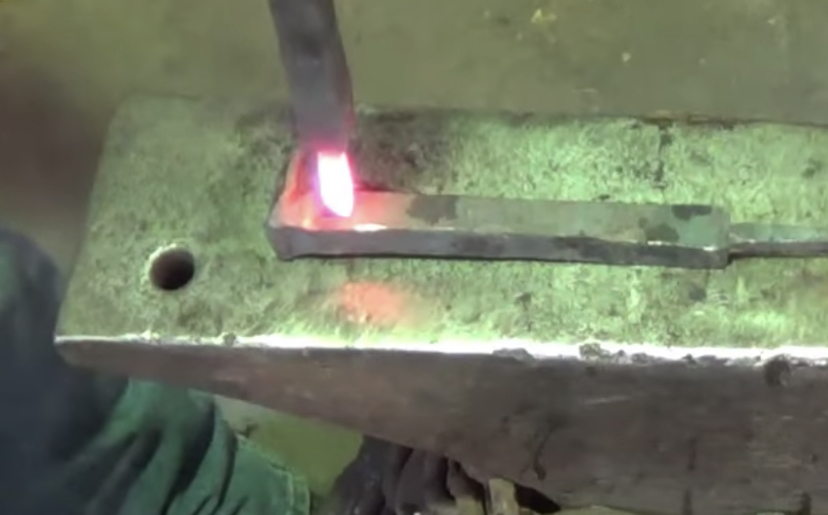
-
On 5/10/2020 at 7:58 PM, jlpservicesinc said:
Ax tongs are shaped like the second set.
JLP, I have a set of tongs very much like the last picture in your tong post. What are they for?
-
Thanks for ID-ing the mill pick. I got it for like $15 bucks and I was going to turn it into a handled hot cut. Also, it appears that the ax stone has been used with oil because water slides off. Can I clean it?
-


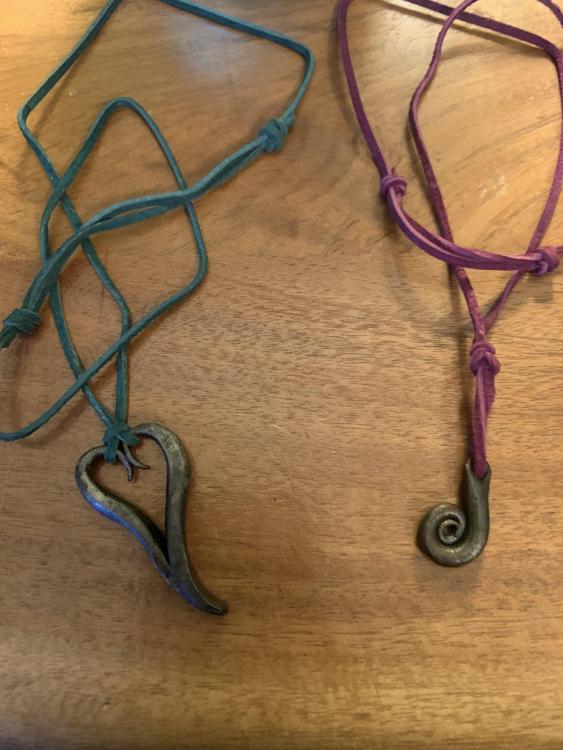
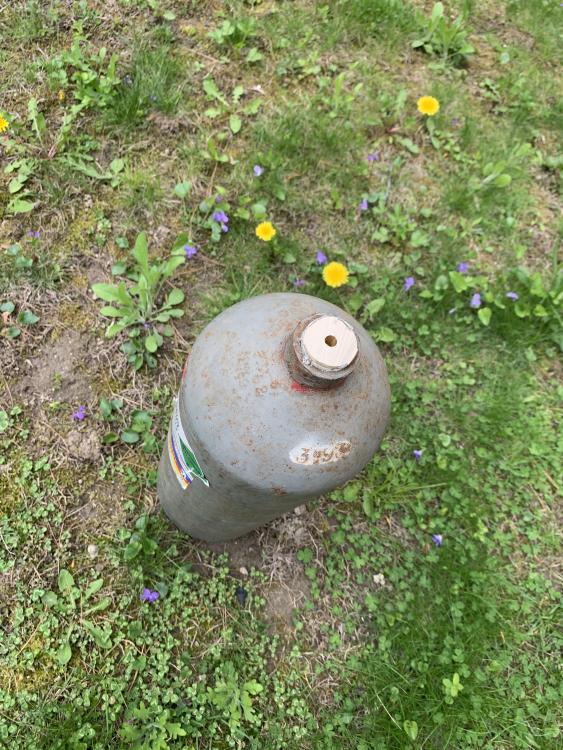
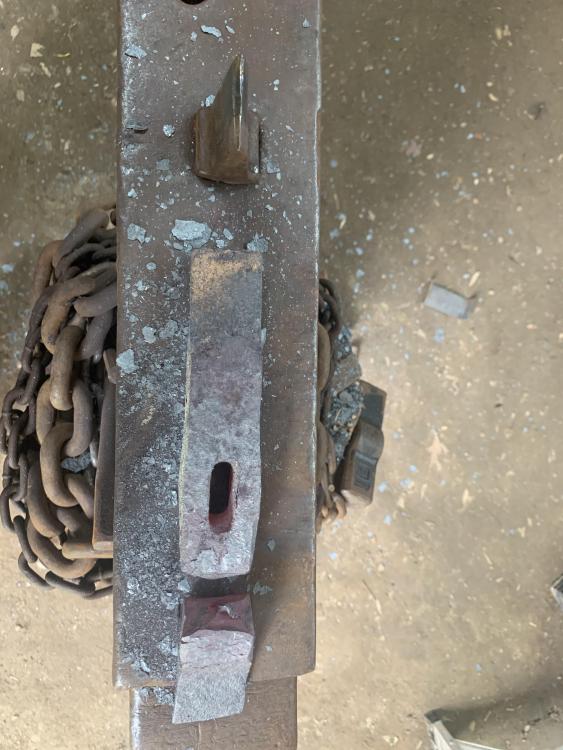
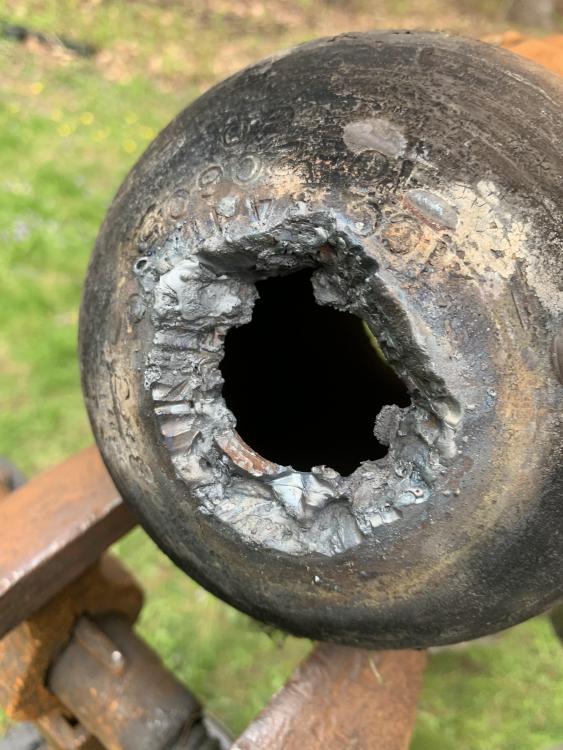
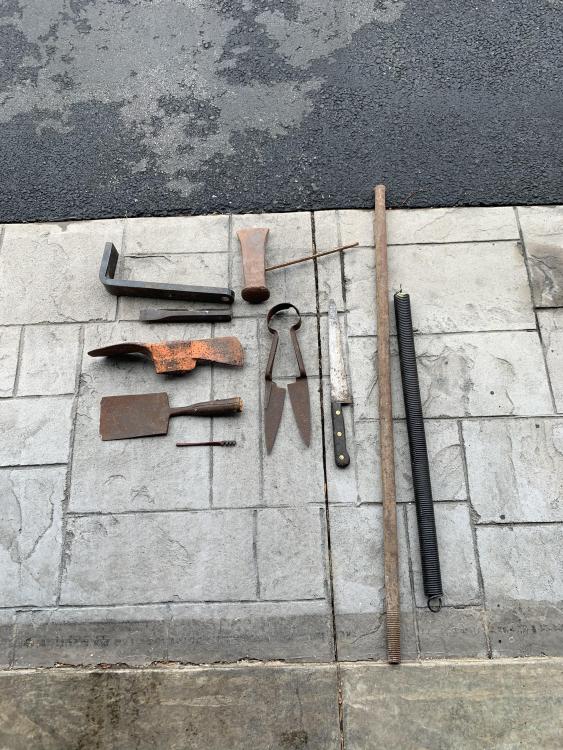
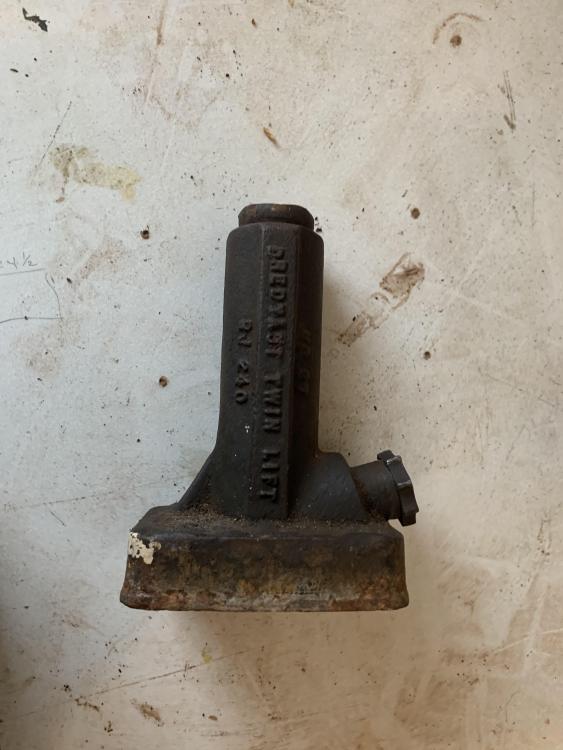
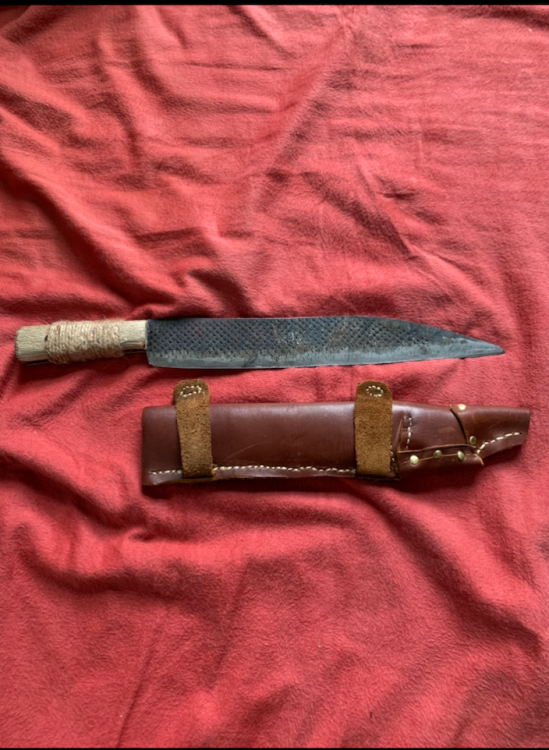
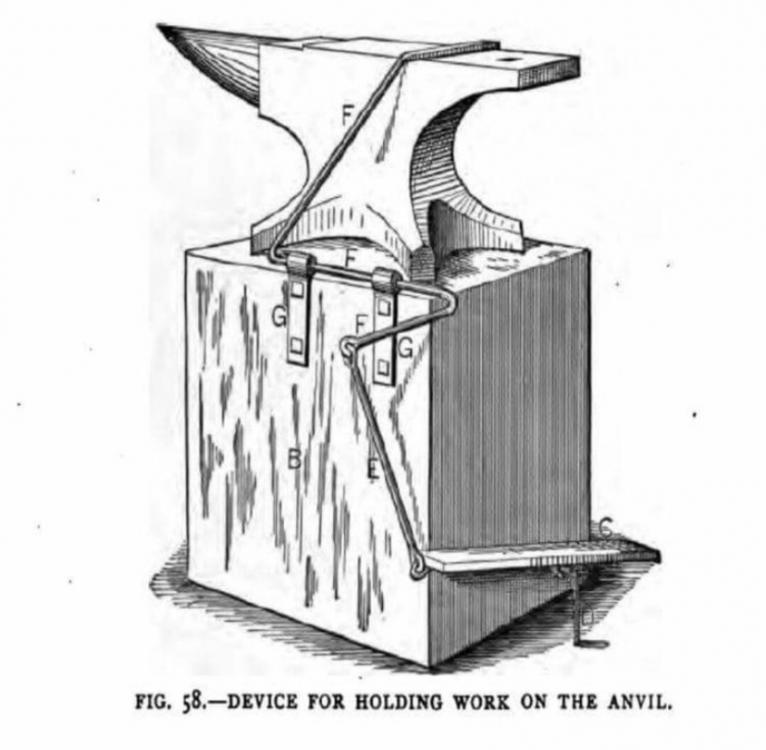
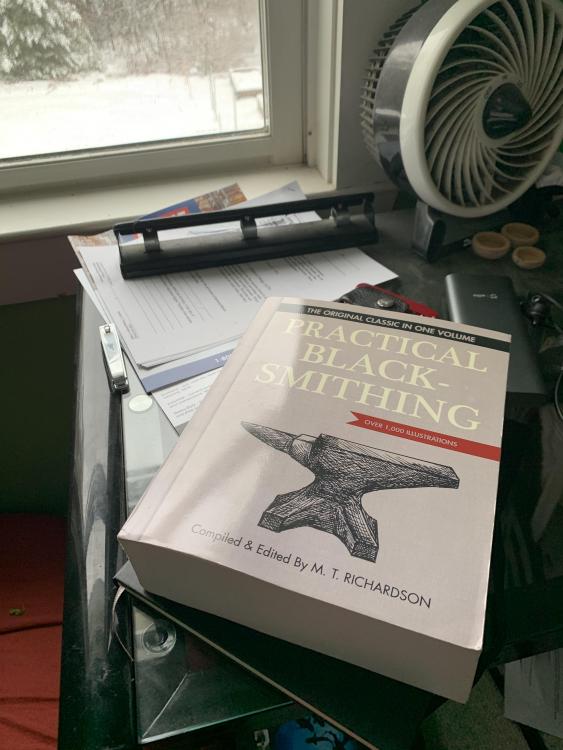
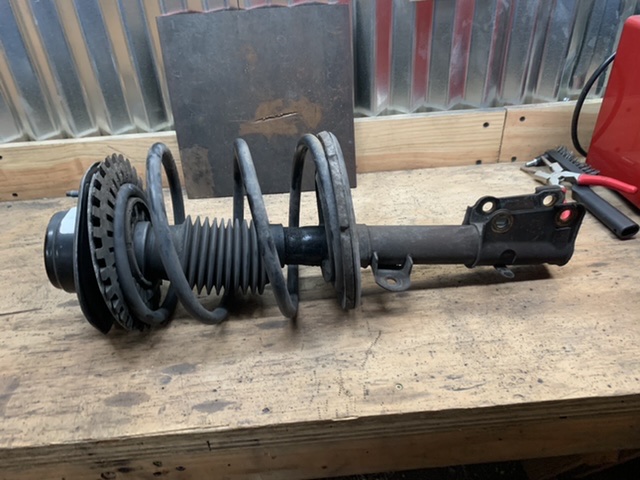
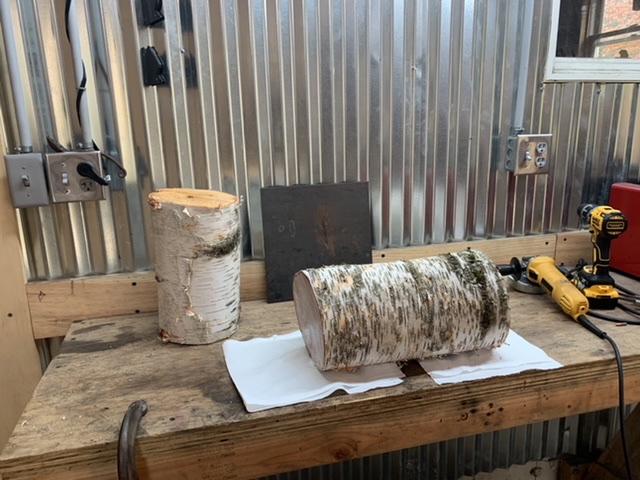
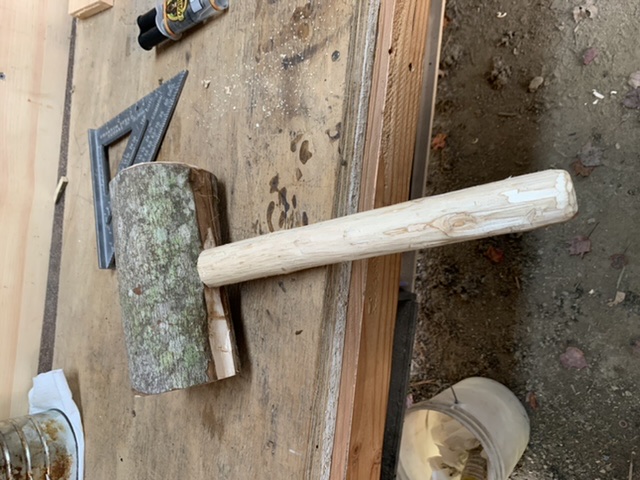
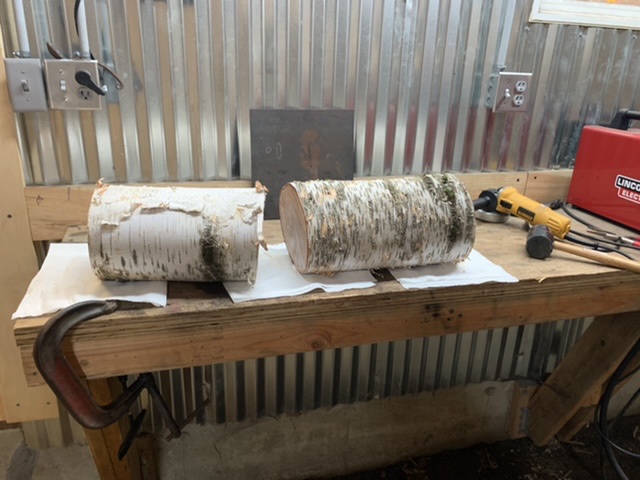
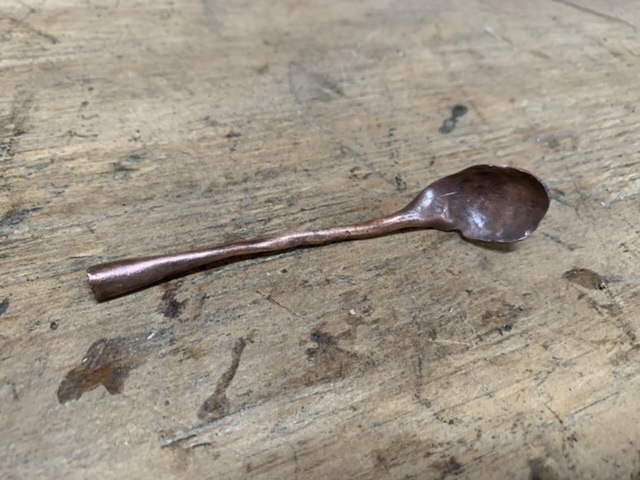
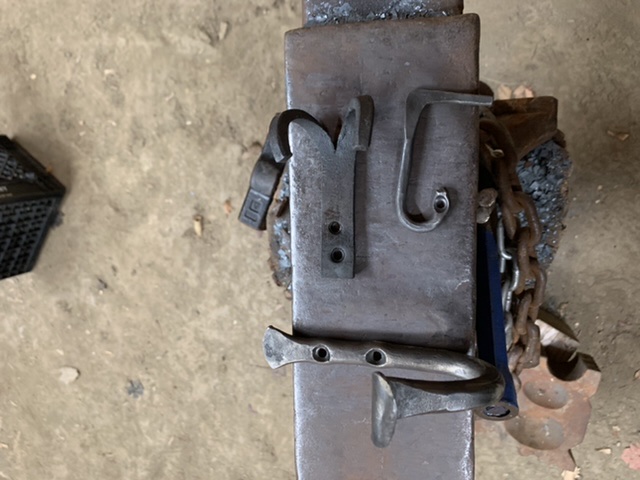
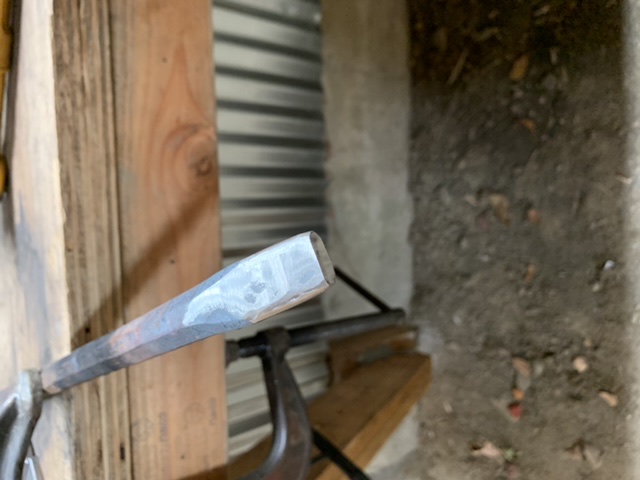
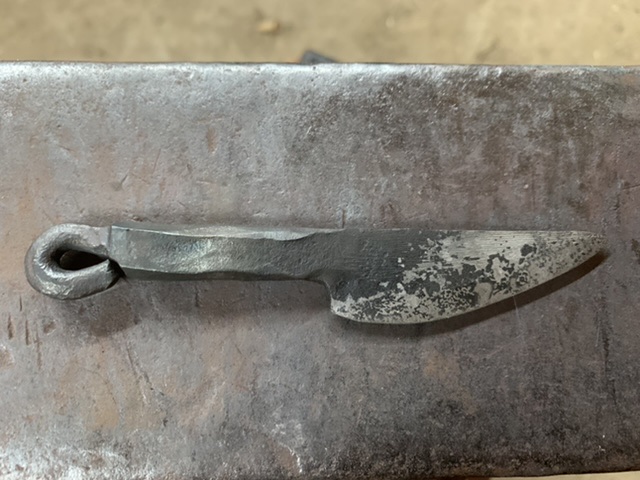
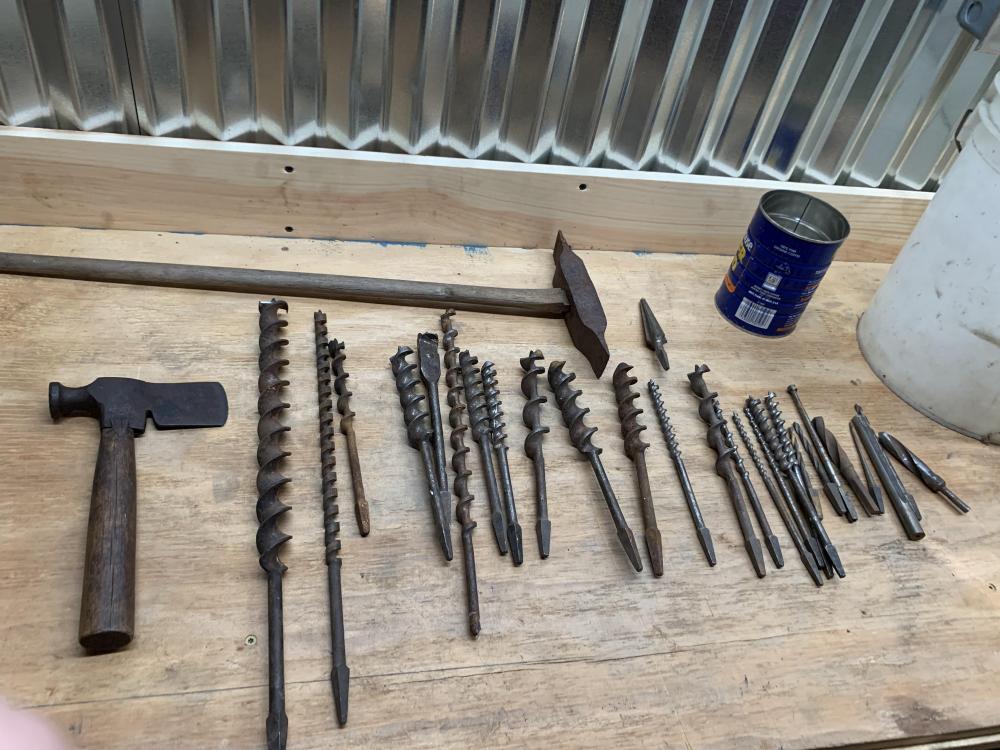
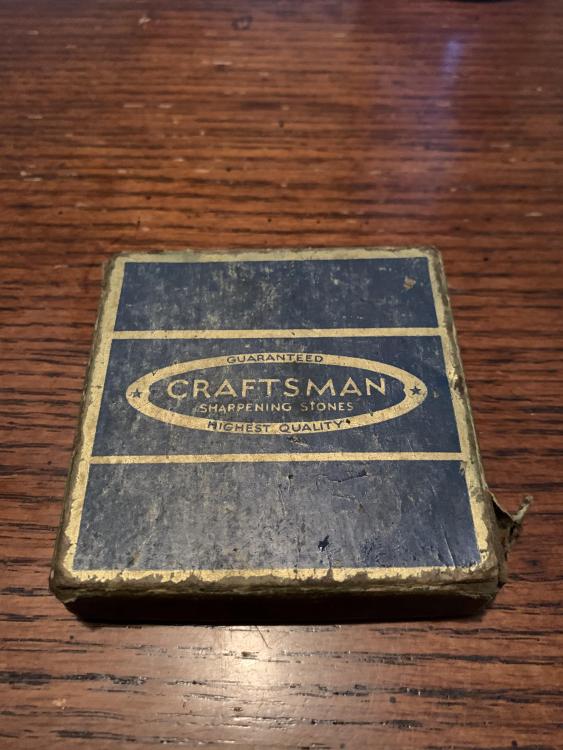
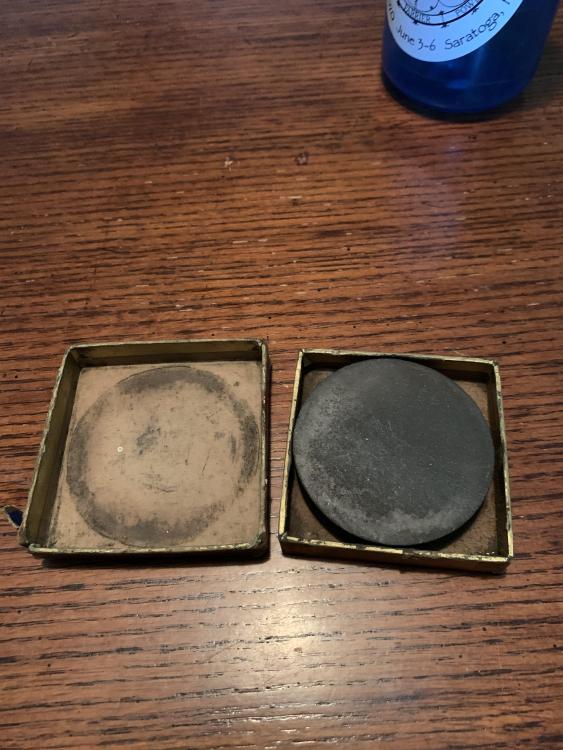
Boiled Linseed Oil
in Finishes for Metal
Posted
I stay away from BLO because of the heavy metals. I use beeswax melted on and then wiped off with a rag at a low black heat for my forged items, and then I use Danish oil for wood items and axe heads. It seems to work for me.